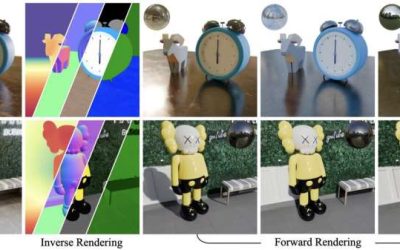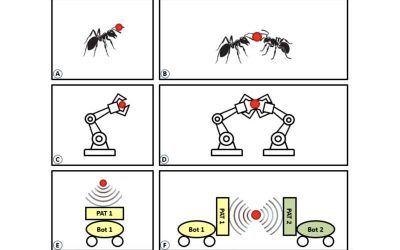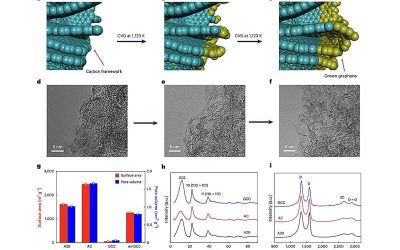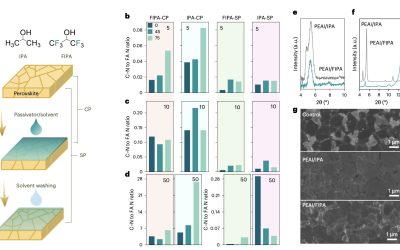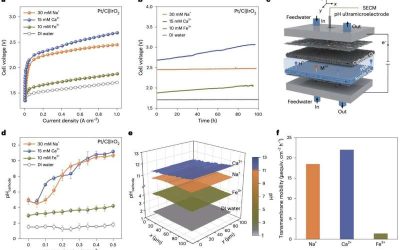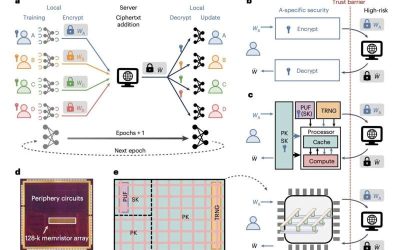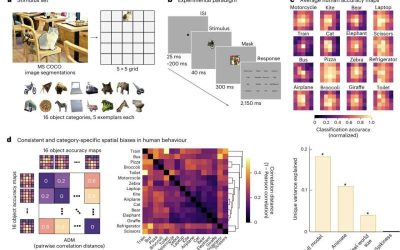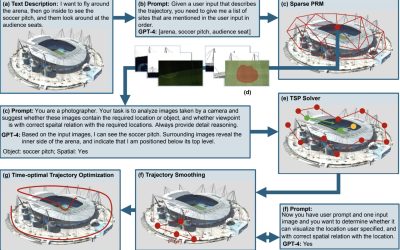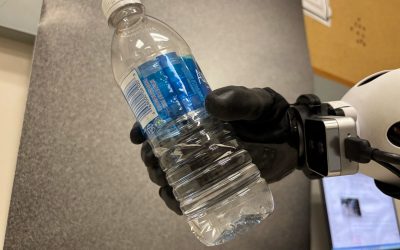Over the past years, computer scientists have introduced increasingly sophisticated generative AI models that can produce personalized content following specific inputs or instructions. While image generation models are now widely used, many of them are unpredictable...
TECHXPLORE
LLMs display different cultural tendencies when responding to queries in English and Chinese, study finds
Large language models (LLMs), such as the model underpinning the functioning of OpenAI's conversational platform ChatGPT, are now widely used by people worldwide to source information and generate content for various purposes.
New system allows acoustic robots to co-operatively transport objects
While so far robots have predominantly been deployed individually, as teams, they can tackle a wider range of complex missions with remarkable speed and efficiency. For instance, they could help to rapidly transport objects to target locations, moving on varying...
New method stores high-density methane in graphene-coated nanoporous carbon
Methane (CH4), one of the most abundant natural gases on Earth, is still widely used to power several buildings and to fuel some types of vehicles. Despite its widespread use, storing and transporting this gas safely remains challenging, as it is highly flammable and...
New passivation strategy improves scalability and efficiency of perovskite solar cells
Solar cells, devices that can convert sunlight into electrical energy, are becoming increasingly widespread, with many households and industries worldwide now relying on them as a source of electricity. While crystalline silicon-based photovoltaics and other widely...
Turning tap water into hydrogen: New strategy lets PEM electrolyzers use impure water
In recent years, energy engineers have been working on a wide range of technologies that could help to generate and store electrical power more sustainably. These include electrolyzers, devices that could use electricity sourced via photovoltaics, wind turbines or...
Compute-in-memory chip shows promise for enhanced efficiency and privacy in federated learning systems
In recent decades, computer scientists have been developing increasingly advanced machine learning techniques that can learn to predict specific patterns or effectively complete tasks by analyzing large amounts of data. Yet some studies have highlighted the...
All-topographic neural networks more closely mimic the human visual system
Deep learning models, such as convolutional neural networks (CNNs) and recurrent neural networks (RNNs) are designed to partly emulate the functioning and structure of biological neural networks. As a result, in addition to tackling various real-world computational...
Vision-language model creates plans for automated inspection of environments
Recent advances in the field of robotics have enabled the automation of various real-world tasks, ranging from the manufacturing or packaging of goods in many industry settings to the precise execution of minimally invasive surgical procedures. Robots could also be...
New system reliably controls prosthetic hand movements without relying on biological signals
The loss of a limb following an injury, accident or disease can greatly reduce quality of life, making it harder for people to engage in daily activities. Yet recent technological advances have opened new exciting possibilities for the development of more comfortable,...

